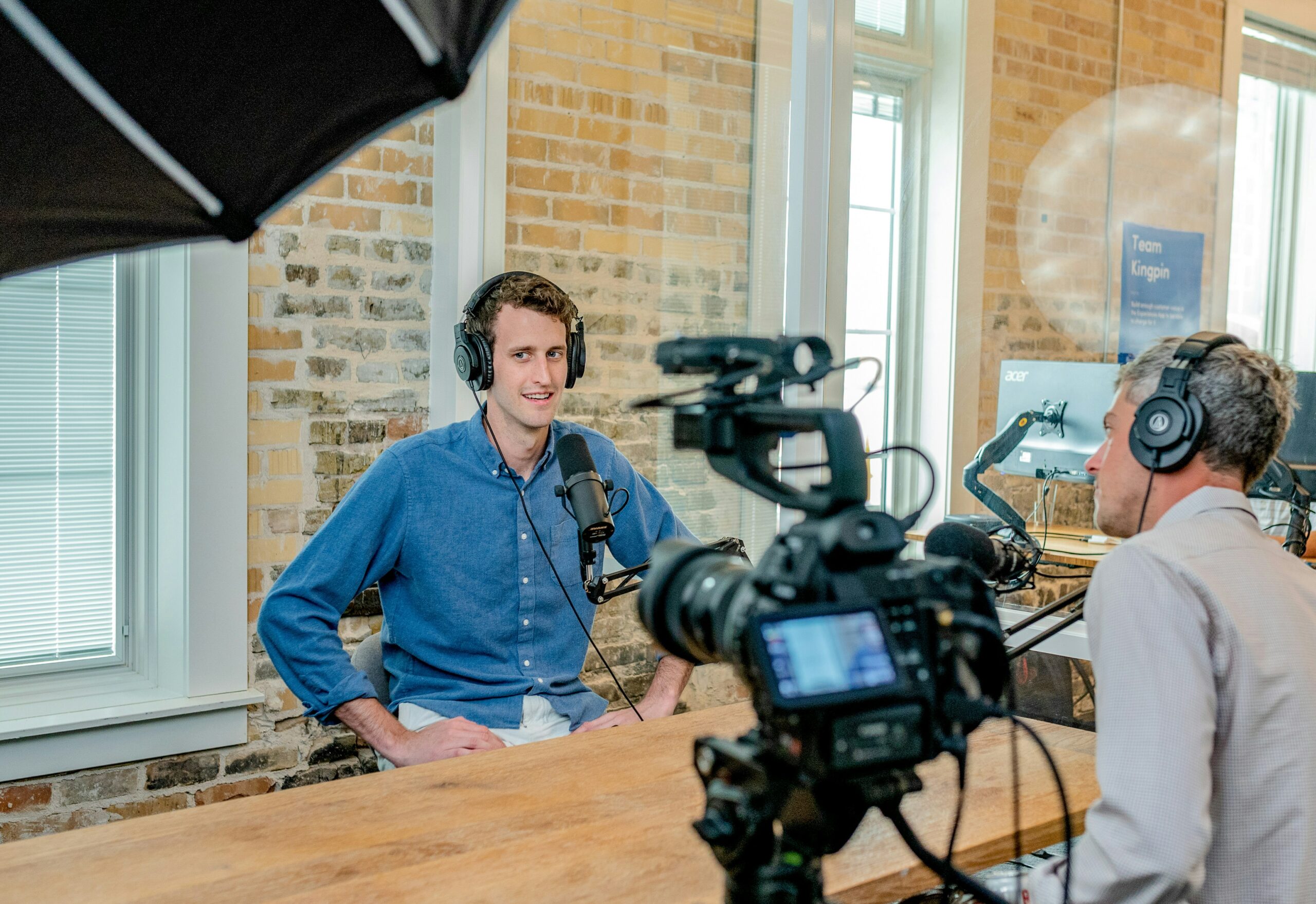There were a ton of ideas, definitions and concepts to digest in this section.
Eyman usually does a good job of confusing me in his writing. This section most definitely had me re-reading a ton of paragraphs, just to be confused. However, there were some aspects that resonated with me. Those will be the ones I focus on.
There were a ton of definitions of “new media” provided in this text. Some challenged one another, and others fit like a puzzle piece.
Cynthia Selfe (2004) on New Media
I enjoyed Cynthia Selfe’s definition of new media more than others. I feel that her definition was the most effective in simply explaining what new media is. A lot of the other definitions felt too wordy/complicated to me.
Selfe defined new media as “texts created primarily in digital environments, composed in multiple media (e.g., film, video, audio, among others), and designed for presentation and exchange in digital venues.”
If I had to define new media, this is how I would chose to define it. Most of what we interact with in 2024 (to me) is new media. Social media is full of new media. Selfe does the best job of defining new media in a way that everybody can understand and apply.
Teach New Media
Eyman shared that Selfe also argued “new media as a form of writing that should be taught in composition courses and curricula.”
To me, that is a very important part of this piece. Curriculum needs to advance and adapt with the world and technology. Different types of literacies and skillsets need to be taught to generations who will grow up practicing these things.
This reminded me of how journalism/media is taught. In the sports world, there is a ‘war’ right now between ‘new media’ and ‘old media’. New media refers to supporting player empowerment, authenticity and positivity. Old media refers to the side of the media that traps players, pushes narratives and silences athletes voices.
This shift in how the media should approach players also needs to be taught to upcoming journalists or broadcasters. With social media growing by the day, it is important that journalists understand how to use the platforms and respect players in their work.
Before I end, I want to share a mini frustration I have had through reading Eyman.
What bothers me a lot about some of Eyman’s texts is the fluff. I understand the purpose of these sections is basically to challenge ideas and further understandings of different types of rhetoric. However, I feel it is just simply too much at times. I wish that I walked away from these readings feeling I had one (or maybe two) solid, confident understandings of the topic.
Maybe it is just me. Perhaps I don’t have the ability to understand Eyman. I just find myself frustrated more than I feel content after reading his work.





Leave a Reply